W&M Inquiry
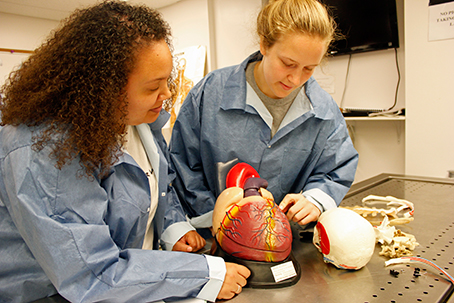
Cadaver lab
Each year, roughly 160 students enroll in the Human Anatomy Lab, a class that for over 50 years has allowed undergraduate students to gain an understanding of anatomy using actual human cadavers.
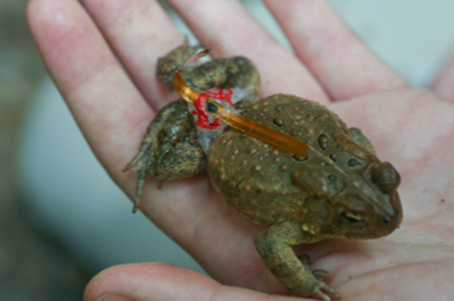
Wrangling toads (for science)
Those toads hopping jauntily around Williamsburg in their snazzy little backpacks are a work of science, not sorcery.
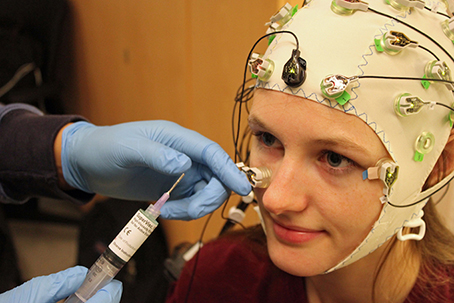
It's Electric
What happens in the EEG lab is a far cry from the leather couch, a cliché that the Department of Psychological Sciences — and the profession — is actively moving away from.
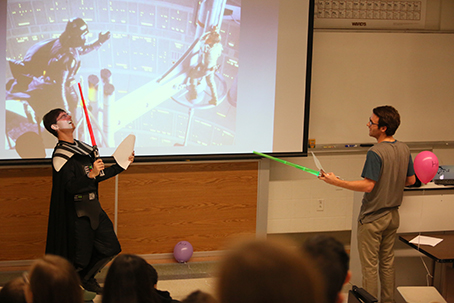
Darth Vader walks into a classroom...
William & Mary Physics Professor Joshua Erlich traditionally observes Halloween with a little scientific cosplay.
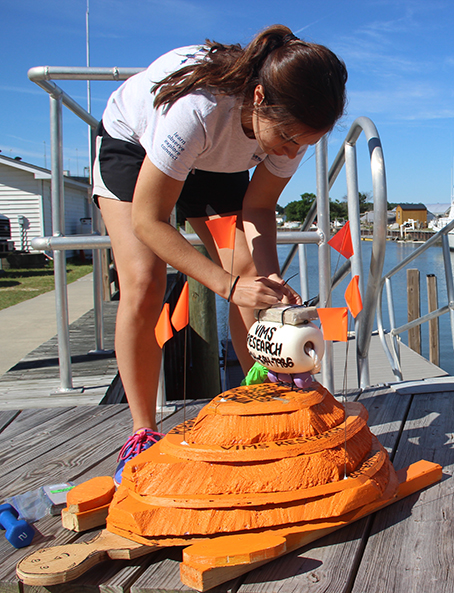
It was a dark and stormy night in the laboratory
We’ve all heard the classic tale of Dr. Frankenstein and his makeshift monster, but few realize similar experimentation is taking place at William & Mary’s Virginia Institute of Marine Science (well, kind of).
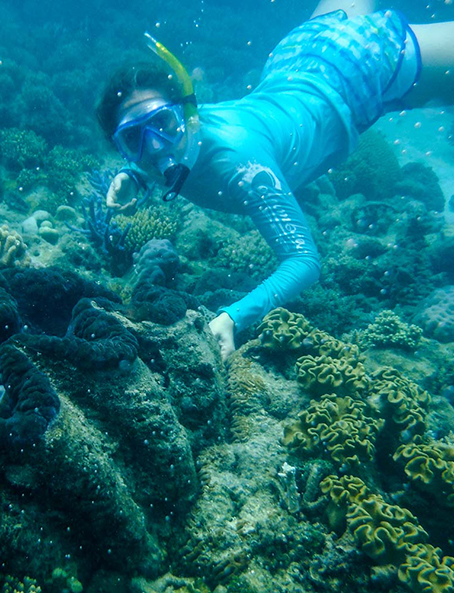
Undergrad research goes global
Research opportunities for undergrads are plentiful at William & Mary, but that doesn’t mean that all great research must happen in Williamsburg.
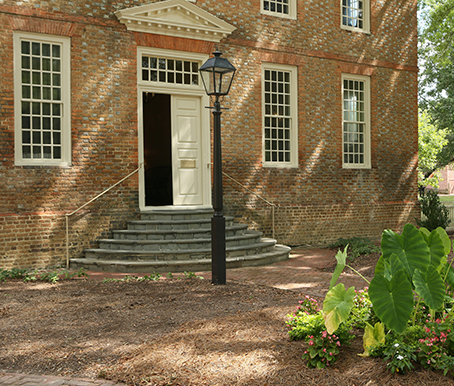
Ugly Stone
It may be unsightly, but the stone that currently makes up the exterior steps of the Brafferton has an illustrious pedigree that has sparked a transatlantic search for its origin.
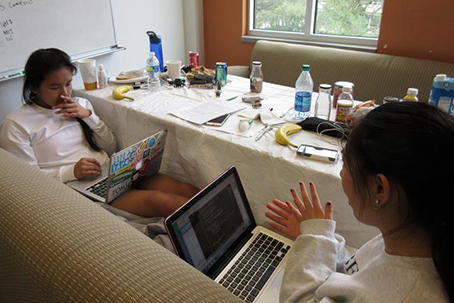
Calling all coders
William & Mary’s annual student-run coding marathon has evolved over the years to incorporate elements of a tech expo and job fair.
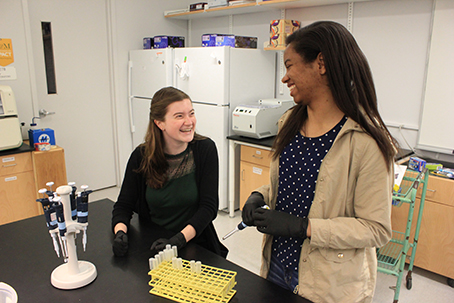
Freshman lab mates turned NSF fellows
Now that their undergraduate careers are behind them, two recent graduates are entering into research careers, each backed by a strong vote of confidence from the National Science Foundation.
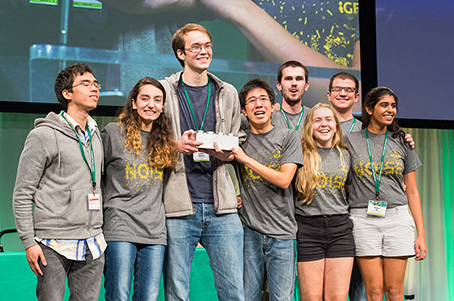
World cup of science
An iGEM project is an excellent example of how science is done in the 21st century — team-based, multidisciplinary, quantitative and focused on the solution of difficult problems.















